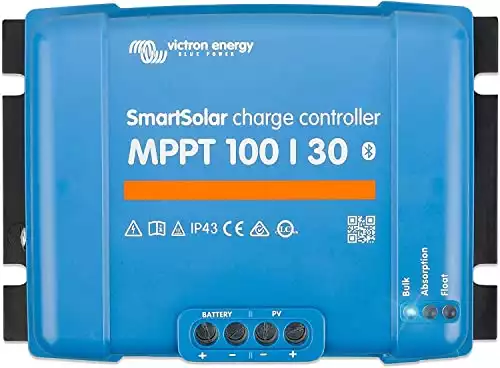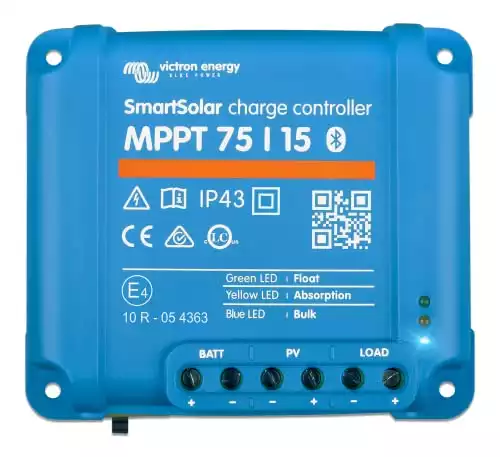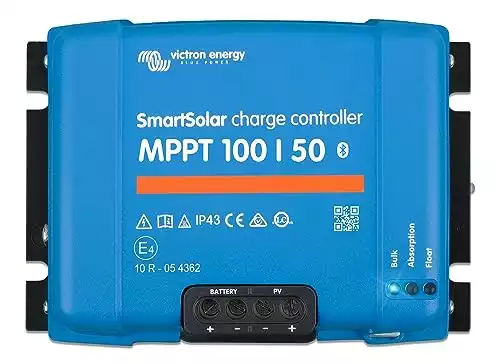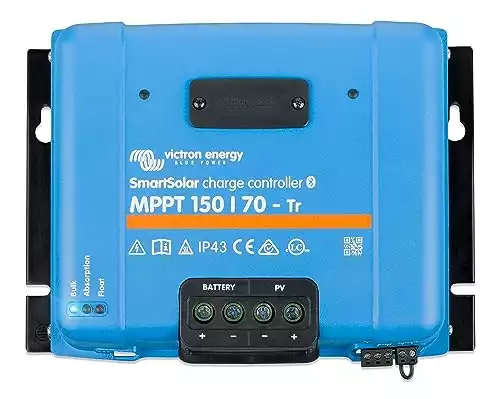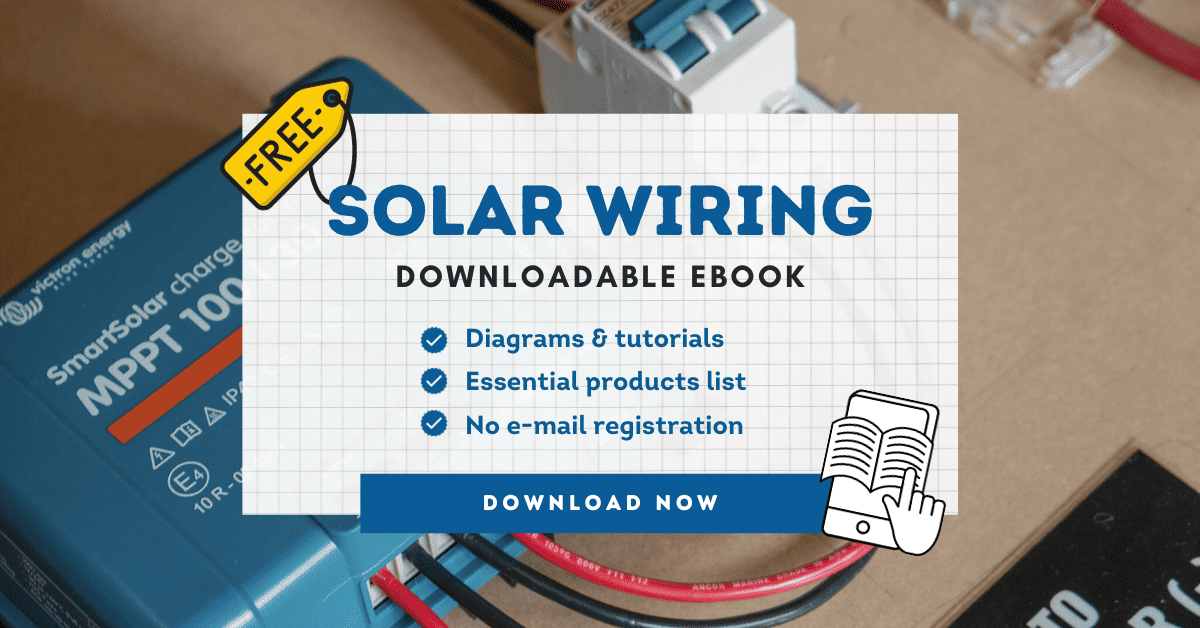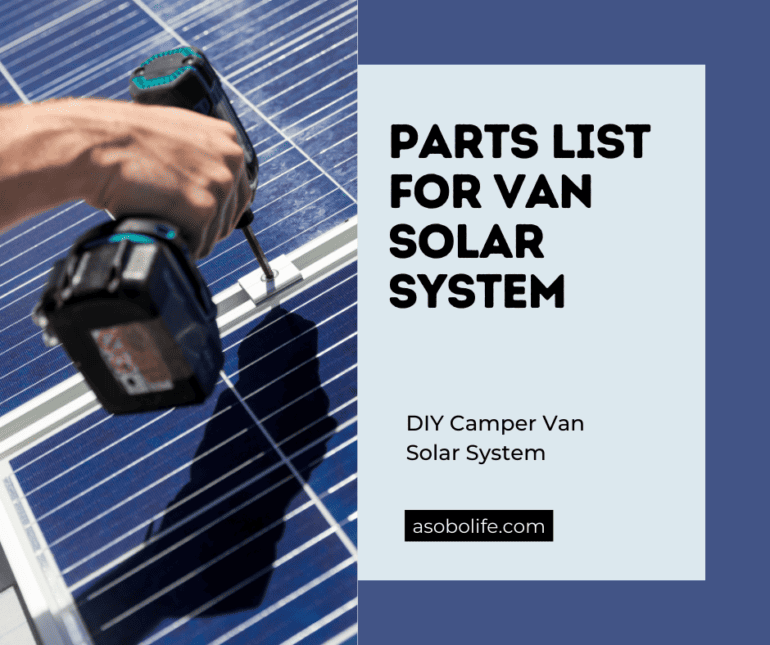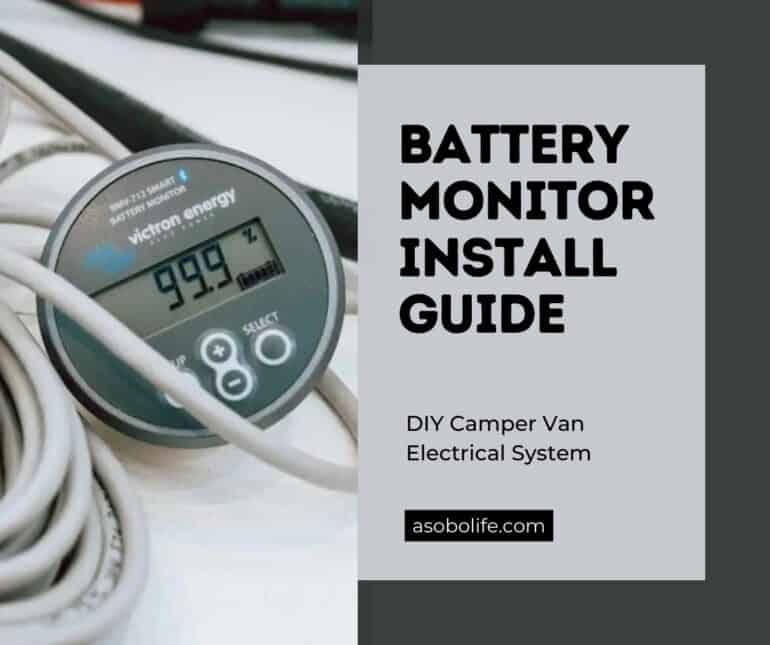What Size Solar Charge Controller? (How To Calculate)
Do you need to know what size solar charge controller you need for your solar system? This post will help you answer this question in the next 5-10 minutes.
When we talk about sizing a solar charge controller, we really mean figuring out what “amp-rating” you need to fully leverage the power produced by the solar panels to charge your batteries. The higher the amp rating, the more power the charge controller can send to the batteries to charge them (assuming the controller receives the same amount of power from the solar array).
If you use an undersized charge controller relative to your solar array, the charge controller won’t be able to utilize the full power of the array to charge the batteries. Conversely, if you buy too large a charge controller for your system, you’re simply wasting money.
In this post, we provide a simple two-step process to easily and quickly help you calculate what size solar charge controller you need.
We love this Victron controller not only for it's high quality build, but the Bluetooth feature is rock solid. The Victron smartphone app provides an amazing interface to monitor all your solar data. This 30A charger is good for solar systems up to 440W (for 12V batteries).

Disclosure: As an Amazon Associate, this site earns from qualifying purchases. Though we may earn a commission, the price you pay always remains the same.
Step 1: Finalize Solar & Electrical Specs
Before calculating your ideal solar charge controller size, you must finalize two details of your solar & electrical system. These are:
- Total wattage of the solar array
- Operating battery voltage
We’ll go into each of the two details below and explain why they determine the eventual size of your solar charge controller.
1. Total Wattage Of Solar Array
Unsurprisingly, the larger the wattage of your solar array, the larger the solar charge controller you will need. A single 100W solar panel will only require a small 10A charger, but a large 600W array will require a 50A charger.
Therefore, finalizing the total solar array wattage is a critical first step. Visit our solar calculator post to help you decide.
Example: After using our solar calculator, we installed a 380W solar array (2x180W panels) for our camper van.
2. Operating Battery Voltage
The solar charge controller will be wired to the leisure battery that you are trying to charge with the solar panels. And the battery’s operating voltage will factor into the size of the solar charge controller.
What is a battery’s operating voltage? This is the amount of volts coming out of the battery bank. Most leisure batteries operate at 12-volts, but you may decide to use a 24-volt battery instead. To learn more, read our 12V vs. 24V battery post.
Example: We decided to build a leisure battery bank that operates on 12 volts.
Step 2: Calculate Solar Charge Controller Size
Now that you have finalized your total solar array wattage and battery operating voltage, refer to our below table to find the recommended solar charge controller size for your system.
Note: Refer to the leftmost column if you use a 12V battery bank or to the center column if you use a 24V battery bank.
Example: We have a 380-watt solar array that feeds into a 12-volt battery bank. Using the table above, we can select a 30A solar charge controller.
Select Charge Controller
If you are ready to pick up a charge controller, refer to the table below to locate the model you need. We always recommend Victron solar charge controllers because this is what we use in our van, and after more than four years on the road, can vouch for their ‘day in and day out’ durability.
We also love the VictronConnect app, which pairs with the charge controller via Bluetooth and lets us view all our solar harvesting stats on our phones. Read our Victron solar charge controller review for more information.
Need a budget-friendly alternative? Use our table to first help you identify the charge controller amp rating you need, and then do a search on Amazon for a different brand.
That’s it for now!
Charge Controller Size Summary
If all you want to know is what size solar charge controller you require, then you already have all the information you need. However, sizing a charge controller is just one of several calculations you’ll need to do.
For additional solar info, check out our DIY camper van solar guide.
If you’re looking for a complete solar charge controller wiring diagram, like the image below, download our free solar wiring PDF to help you with your installation project.
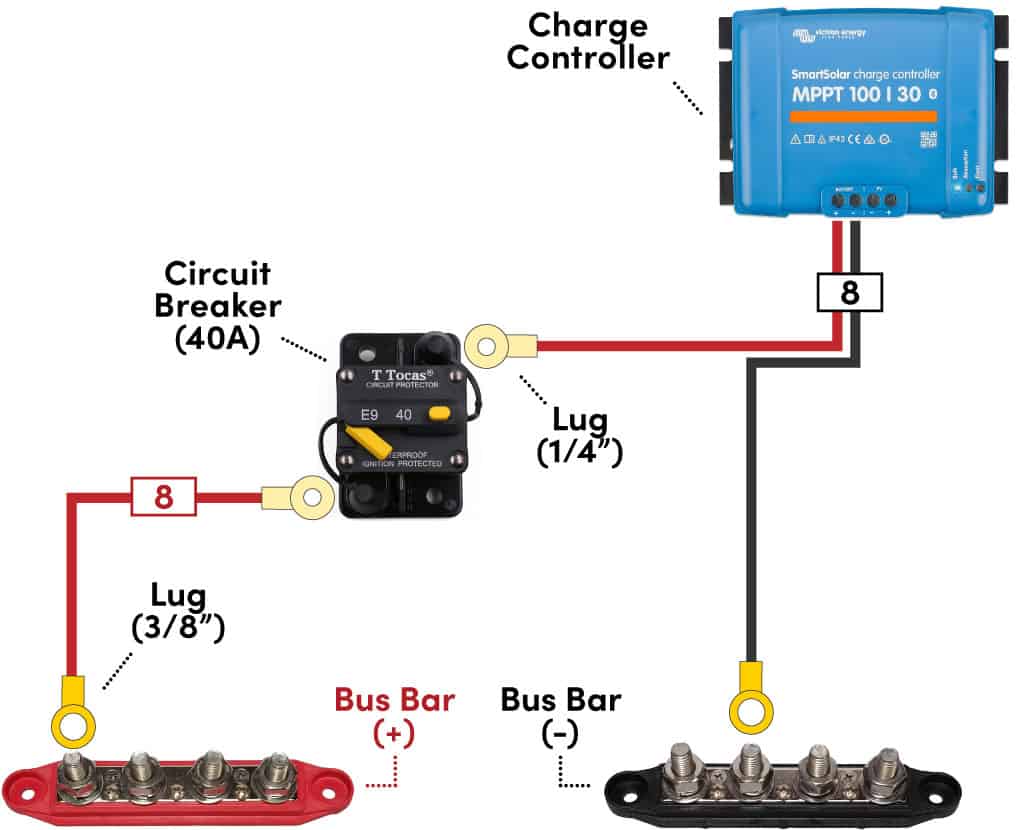
Appendix 1: What Does A Solar Charge Controller Do?
A solar charge controller serves four important functions for your solar array and batteries.
1. Regulates Voltage From Solar Panels To Leisure Batteries
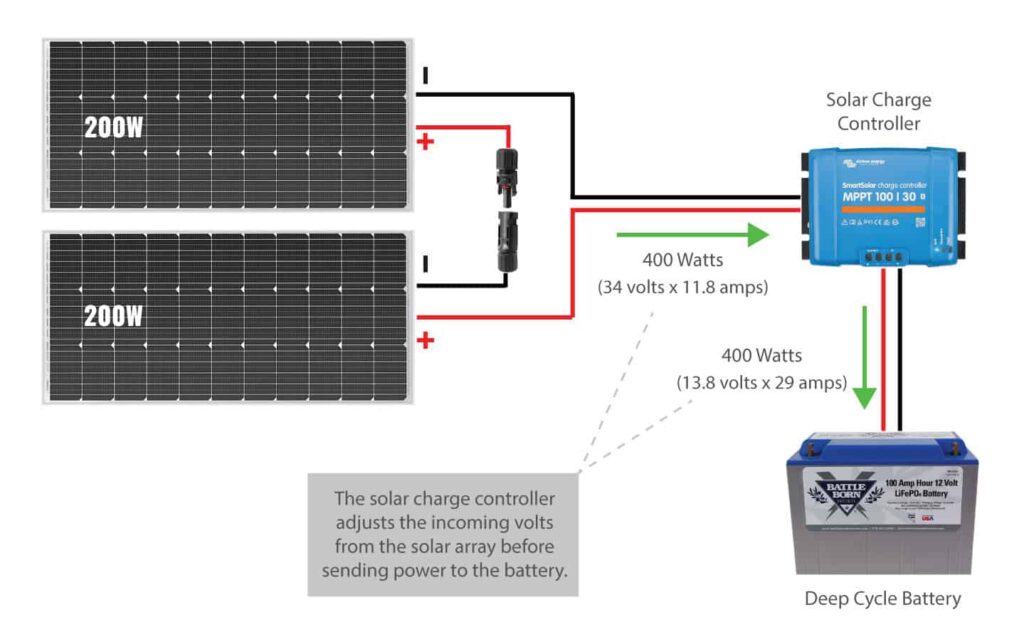
When trying to understand WHY a solar charge controller is important for charging batteries, it’s critical to know two important facts.
- Batteries can only be charged by being fed power from a small voltage range (usually between 13.6V and 14.4V, depending on the battery chemistry and state of charge).
- The voltage produced by a solar array is wide-ranging and depends entirely on the size of the solar array and whether series and/or parallel connections are used.
Simply feeding a battery a wide range of voltages is dangerous and can permanently shorten the battery’s lifespan.
Therefore, a solar charge controller is used to regulate the wide-ranging & inconsistent incoming voltage from the solar array into a more consistent and usable voltage for the battery to accept.
2. Prevents Batteries From Being Overcharged
Imagine sitting at a buffet with a table full of your favorite foods. Though you’d be tempted to try and eat everything at the table, your stomach and brain work together to prevent you from overeating and harming your body.
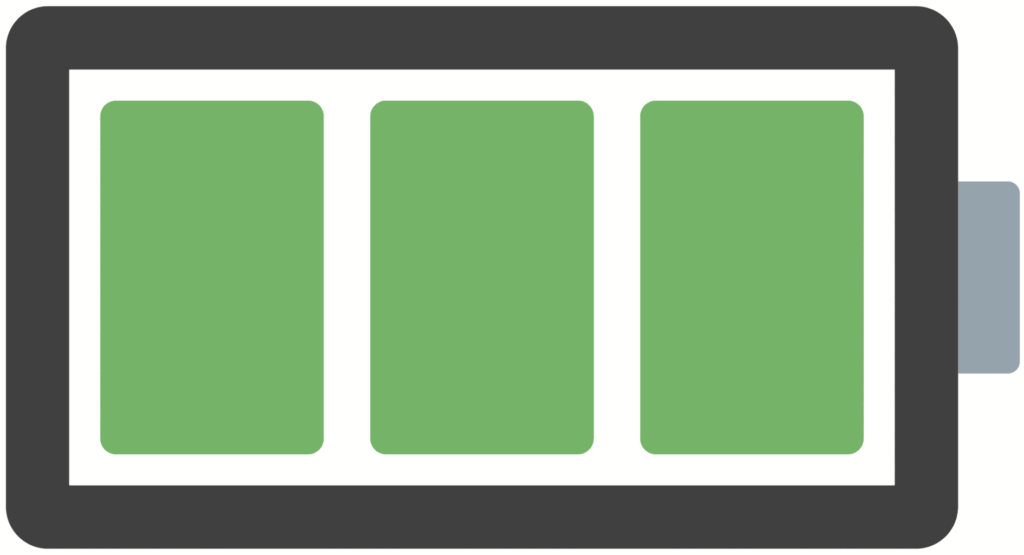
A solar charge controller acts similarly to your stomach and brain.
When a battery has been significantly discharged, the charge controller will allow the safe maximum amount of volts to flow into the battery to recharge it quickly.
When a battery nears its fully charged state, the charge controller will gradually lower the voltage to maintain the health of the battery.
Finally, when a battery is fully charged, the charge controller will stop the flow of power into the batteries to prevent overcharging.
3. Prevents Reverse Current Back To Solar Panels
Volts usually flow from high voltage to areas of lower voltage.
This is great when solar panels produce power and push volts toward the charge controller and battery during the daytime.
But at night, or in shaded areas, the voltage coming from the panels drops significantly and is well below the standing voltage of the battery. When that’s the case, power will want to flow from the batteries back towards the panels.
This is called ‘reverse current’.
But a charge controller blocks the voltage from flowing backward.
4. Provides Valuable Solar Harvesting Data
Although not critical to the function of a solar panel system, certain charge controllers can provide valuable real-time and historical solar energy harvesting data.
We use a Victron Bluetooth-enabled solar charge controller to pair with our smartphones to see insightful solar data as power comes in.
From our smartphones, we can see the instantaneous watts being sent directly to our batteries and the volts and amps breakdown of those watts.
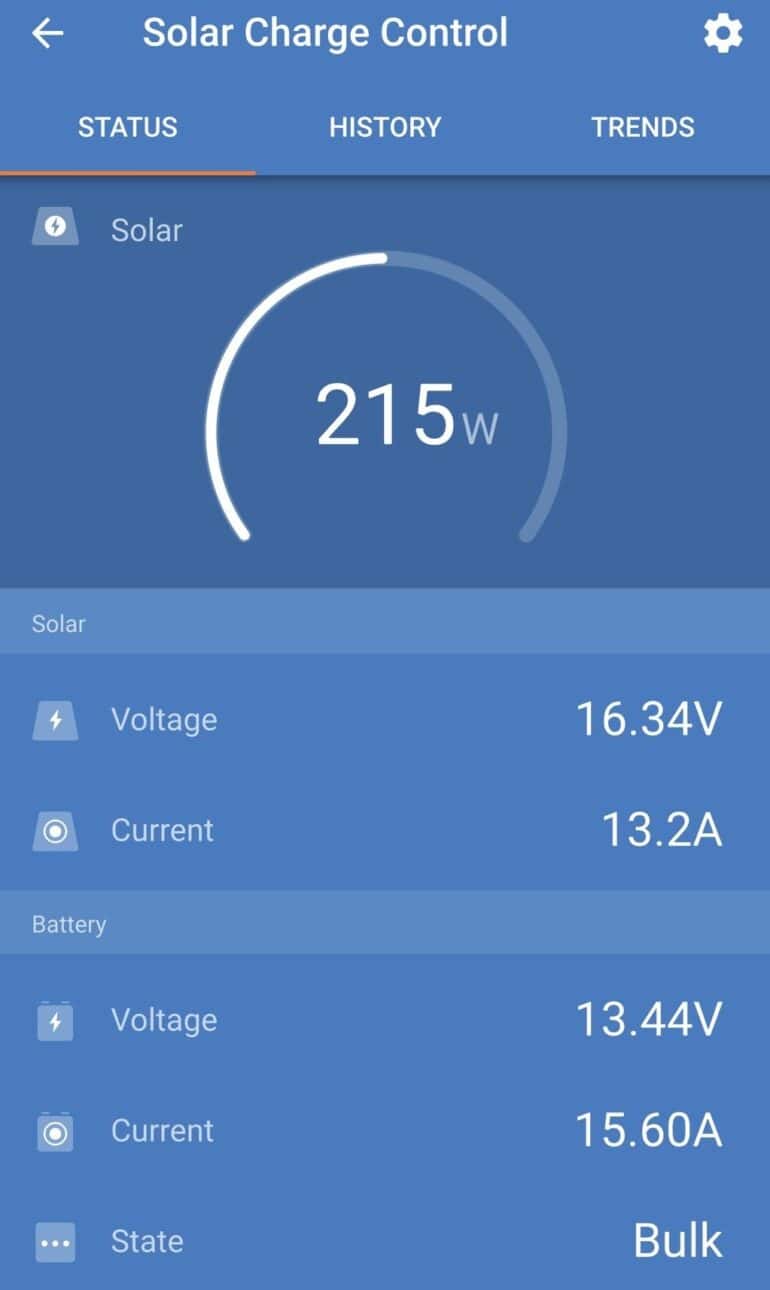
Appendix 2: PWM vs. MPPT Solar Charge Controllers
There are two different charge controller technologies on the market today:
- PWM (Pulse Width Modulation) Controllers
- MPPT (Maximum Power Point Tracking) Controllers
The technical difference between the two is how they manipulate the volts coming from the solar array to charge the batteries. It can get quite technical.
But for the purposes of this post, you only need to know that:
- PWM controllers are considerably cheaper than MPPTs, as much as 5x cheaper.
- MPPTs are roughly 20% more efficient at charging the batteries from the same amount of sunlight.
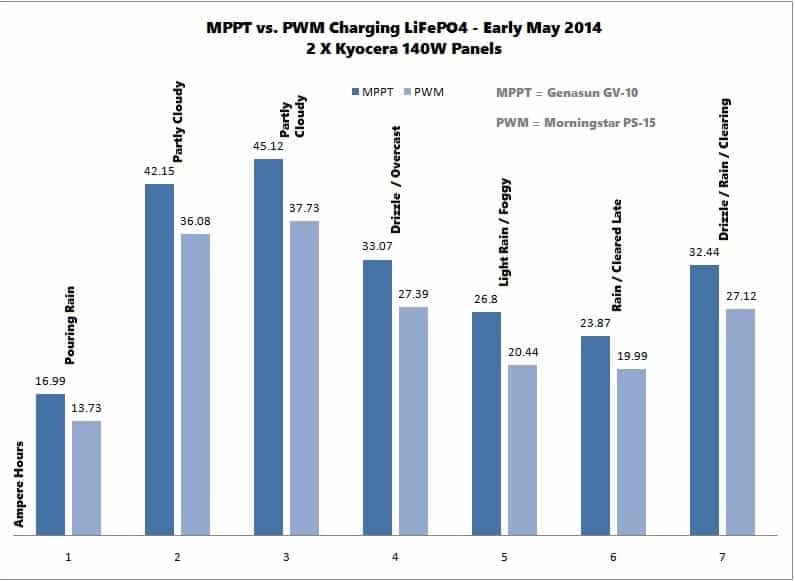
In the PWM vs MPPT post from MarineHowTo, the author experimented between the two types of solar charge controllers and found that MPPT controllers were 20% more effective than PWM controllers.
The graph above from MarineHowTo shows how many amps an MPPT and PWM controller harvested in different lighting situations across a 7-day span during the spring season in Maine.
- MPPT 7 Day Total = 220.44 Ah
- PWM 7 Day Total = 182.48 Ah
- MPPT = 20.8% Boost In Efficiency

Van Conversion Essential Bundles
Every resource on our website is 100% free to download and use. We don’t charge you, and we don’t require your email address. Happy building!

